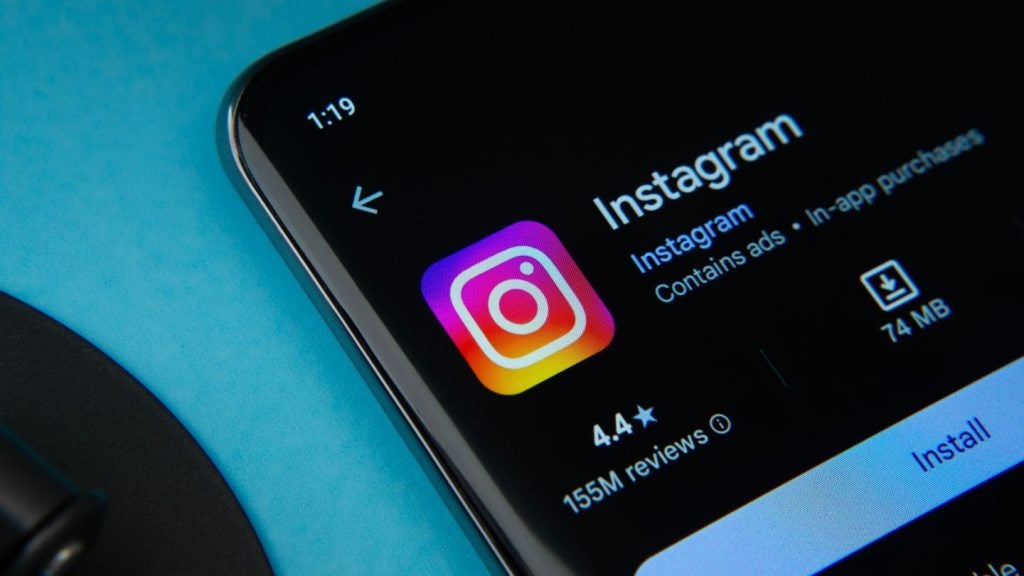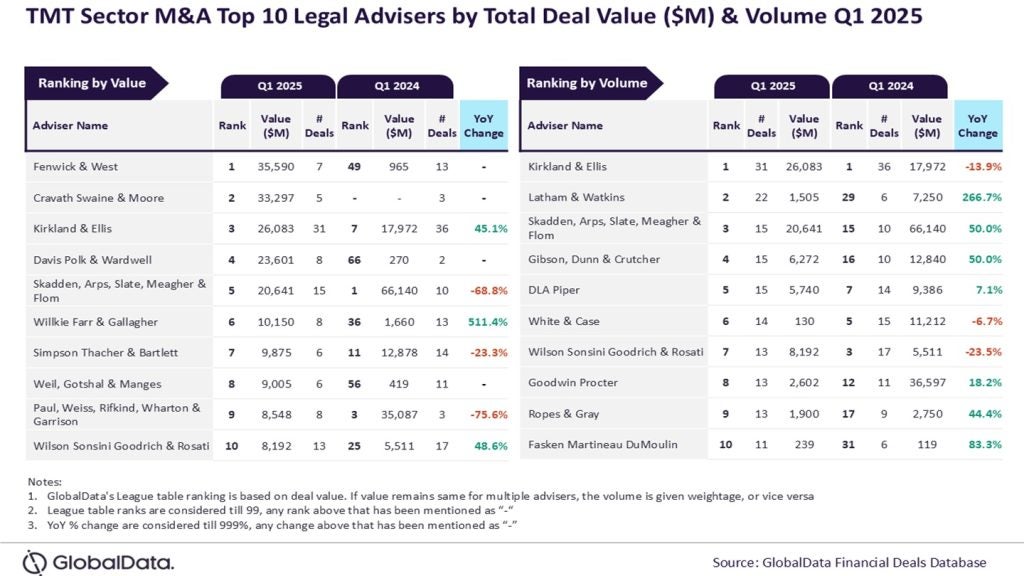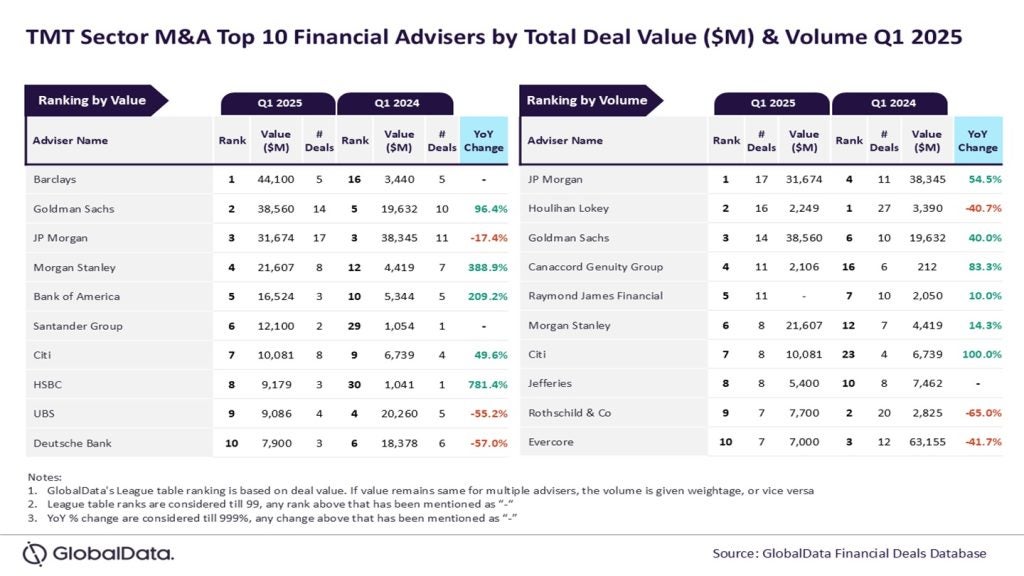In the age of smartphones, our attention is increasingly fragmented, making it hard for individuals to focus on a single task and this has led to the rise of ‘second screening’, which refers to the practice of using a secondary device—typically a smartphone—while simultaneously engaging with primary content on another screen, such as a television.
Viewers often choose to multitask as they watch television; frequently checking social media, browsing the internet, or becoming absorbed in a Wikipedia deep dive about one of the actors in the show. As a result, streaming services like Netflix will have to adapt accordingly, ensuring that they retain viewer engagement.
The rising second screening phenomenon
Second screening has grown as our attention spans continue to diminish. In 2004, the University of California conducted an experiment that tracked subjects’ shifts in focus, which occurred on average every 2.5 minutes.
However, recent repetitions of this experiment have shown that this average has decreased to approximately 47 seconds. This reduced attention span has significant implications for how we consume television and media, as viewers are less likely to remain engaged with primary content for sustained periods.
Consequently, audience focus is becoming increasingly split across various media, which will pose issues for streaming services as they compete for viewer attention. For example, a study from LG Ad Solutions found that 93% of connected TV viewers multitask across devices while streaming. Producers must ensure that viewers can follow a program even if it’s playing in the background; if storylines are too complex, multitasking viewers may opt to switch off the show in favour of their secondary device.
Is TV becoming dumber?
There is growing concern that second screening will lead to a decline in the quality of television content.
Justine Bateman, an actress and director, expressed her worries in an interview with the Hollywood Reporter, stating, “I’ve heard from showrunners who are given notes from the streamers that ‘This isn’t second screen enough.’”
Programs like Is it Cake?, Selling Sunset, and Love is Blind on Netflix seem to be designed specifically for the second screen viewer; they are interesting enough to warrant being left on in the background, yet formulaic and simplistic enough to allow viewers to remain focused on their smartphones.
Catering to the second screen audience may therefore stifle creativity, as streamers decide to produce background noise rather than compelling storytelling. As television content becomes increasingly simplistic, viewers may feel even more compelled to engage with their smartphones, further perpetuating this cycle.
Battling with the second screen
Netflix’s gaming service was introduced on mobile devices in 2021. By offering mobile games, Netflix aims to keep users engaged within its ecosystem, turning second screening into an opportunity rather than a challenge.
While there are concerns that television content is becoming simpler, there are also strategies to enhance viewer engagement. Netflix has explored interactive content, such as ‘Bandersnatch’ from the Black Mirror series, which allows viewers to make choices that influence the storyline.
This type of interactive content encourages viewer participation and could potentially reduce the time spent on second screens. The widespread use of smartphones during television consumption underlines a significant shift in viewer behaviour, requiring innovative strategies from broadcasters to capture and maintain audience attention.
If companies fail to adapt, they may resort to producing lower-quality content that merely serves as background noise, leaving viewers to focus primarily on their phones.








